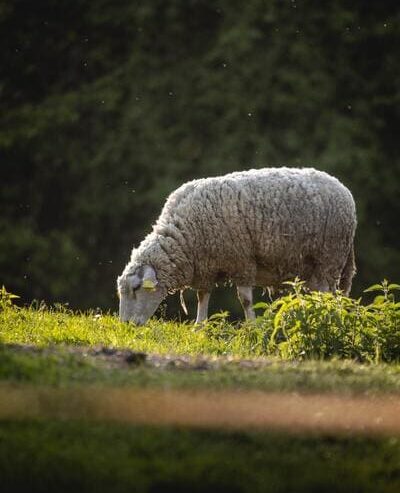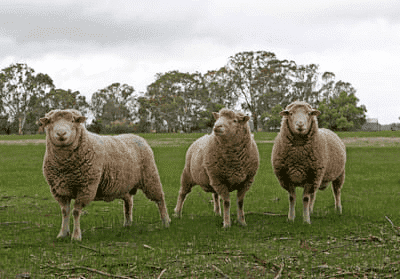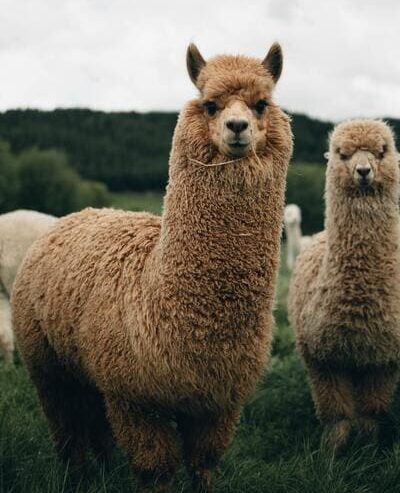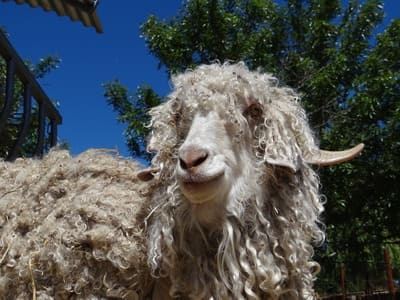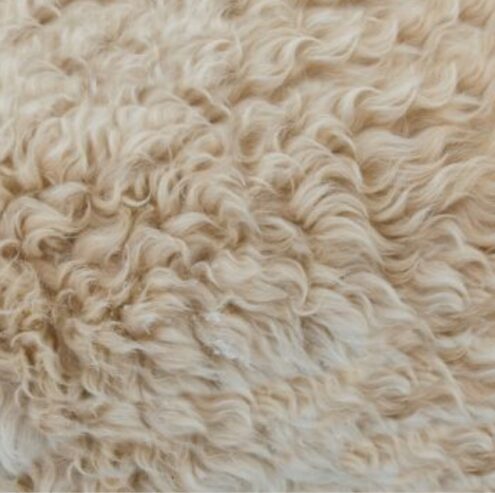Wool is 7 times more resistant to wear than cotton and even 10 times more resistant than silk. Even after folding-stretching the wool fiber 20,000 times, it does not lose its original properties. From too high a temperature, the wool fiber shrinks, but when stretched, it can return to its original shape and therefore, with proper care, wool products will last for years.
Wool products, like many natural fiber products (such as leather), have a specific odor, so if a new wool product is very fragrant, it is worth questioning its quality. On the other hand, the particularly sharp specific smell of the product may mean that it is made of low-quality wool. The natural smell of wool is effectively mitigated by its ventilation in a dry environment, in the sun or downwind.

